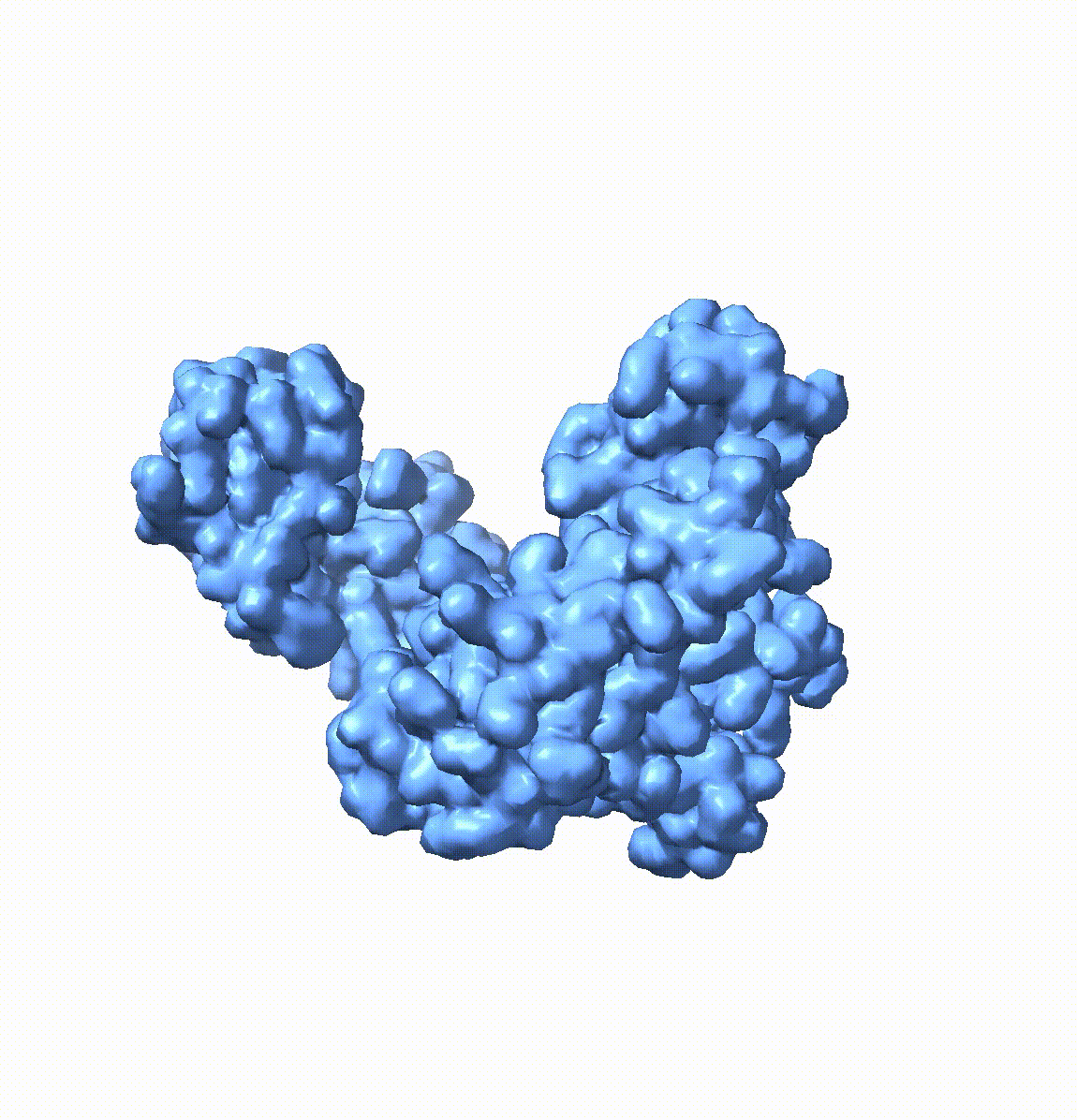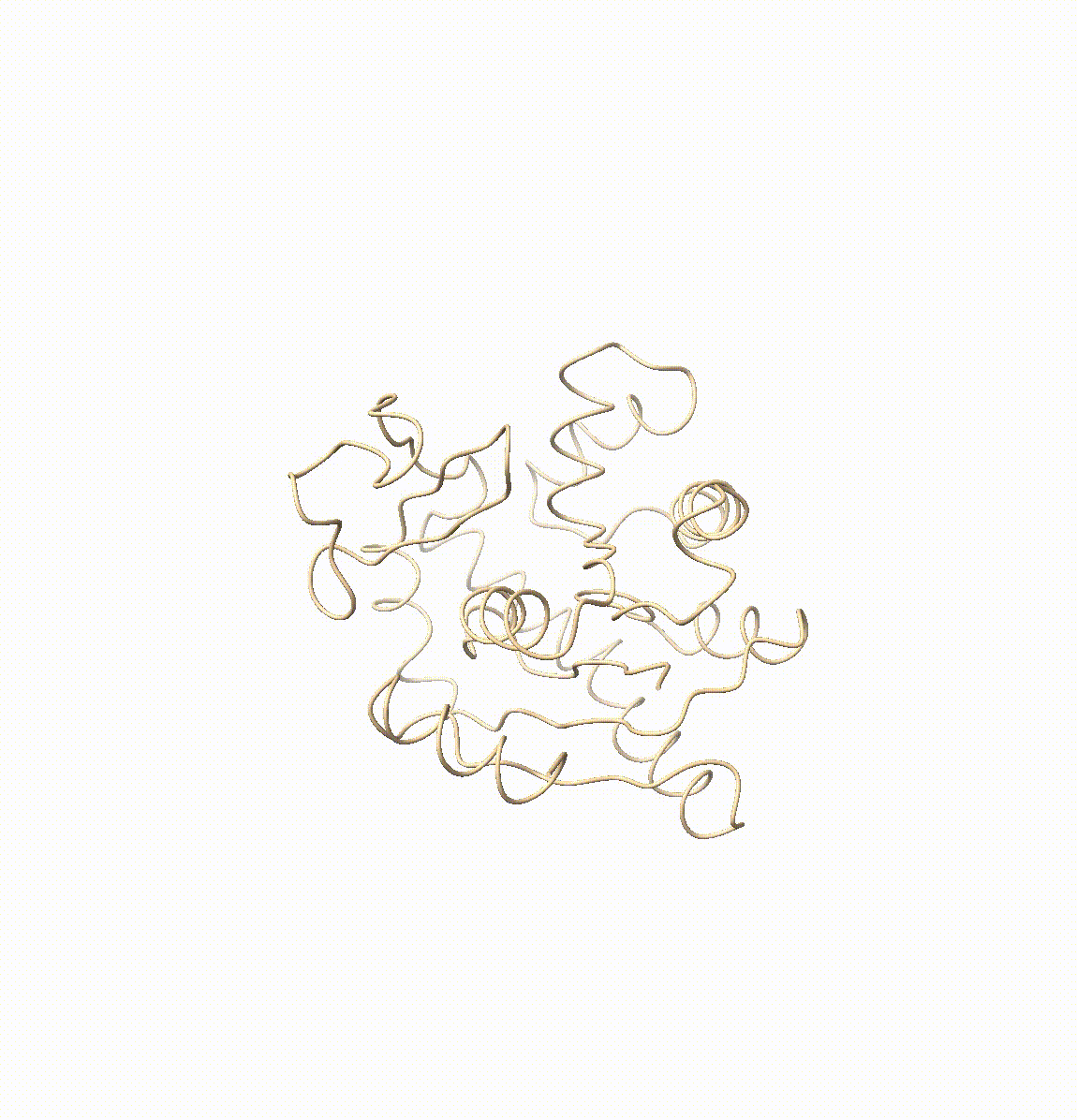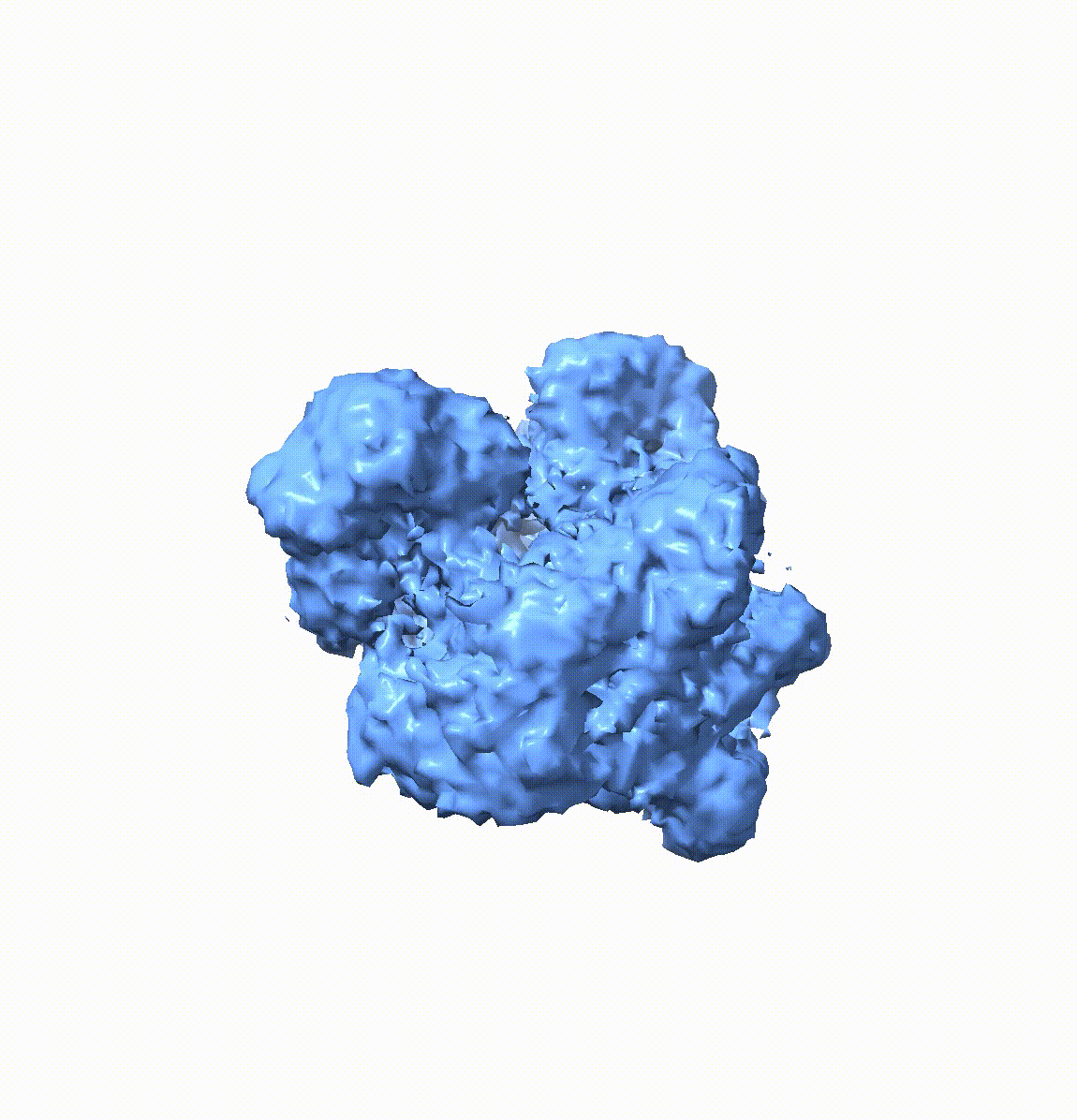
Resolving conformational heterogeneity in cryo-electron microscopy (cryo-EM) datasets remains a significant challenge in structural biology. Previous methods have often been restricted to working exclusively on volumetric densities, neglecting the potential of incorporating any pre-existing structural knowledge as prior or constraints. In this paper, we present a novel methodology, cryoSTAR, that harnesses atomic model information as structural regularization to elucidate such heterogeneity. Our method uniquely outputs both coarse-grained models and density maps, showcasing the molecular conformational changes at different levels. Validated against four diverse experimental datasets, spanning large complexes, a membrane protein, and a small single-chain protein, our results consistently demonstrate an efficient and effective solution to conformational heterogeneity with minimal human bias. By integrating atomic model insights with cryo-EM data, cryoSTAR represents a meaningful step forward, paving the way for a deeper understanding of dynamic biological processes.



@article {li2023cryostar,
author = {Yilai Li and Yi Zhou and Jing Yuan and Fei Ye and Quanquan Gu},
title = {CryoSTAR: Leveraging Structural Prior and Constraints for Cryo-EM Heterogeneous Reconstruction},
elocation-id = {2023.10.31.564872},
year = {2023},
doi = {10.1101/2023.10.31.564872},
URL = {https://www.biorxiv.org/content/early/2023/11/02/2023.10.31.564872},
eprint = {https://www.biorxiv.org/content/early/2023/11/02/2023.10.31.564872.full.pdf},
journal = {bioRxiv}
}